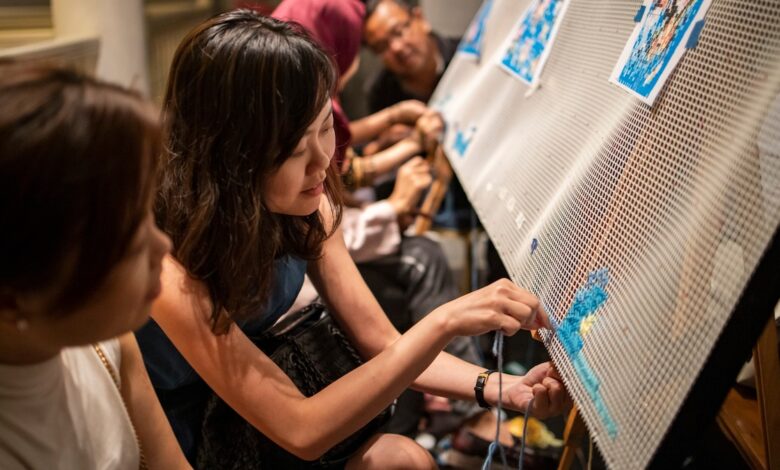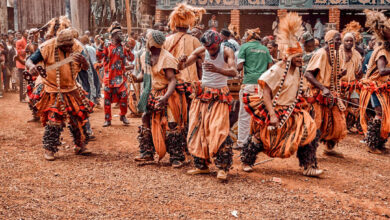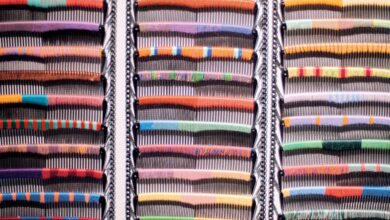Singapore’s traditions in today’s world

She thinks the key to passing on traditions is to constantly make it a subject of conversation. Wearing a brightly-colored traditional garment in a city like Singapore tends to stir up interest, giving the cheongsam relevancy and a place to exist in the modern day. Dress yourself up in her unique pieces here.
Cultural heritage is also an important part of Singapore’s business and economy. Founded in 1959, homegrown soya sauce company Nanyang Sauce has perfected the art of soya sauce-making, their recipe fine-tuned to produce its unique soya sauce. In today’s global economy where brands adopt a mass-market, machine-production approach, Nanyang Sauce chose to retain its traditional brewing methods: fermenting soya beans in clay vats, all by hand. The result is the taste of artisanal soya sauce that brings out the flavor of the dishes prepared with it.
Unchanged for over 50 years, Nanyang Sauce ferments their soya sauce in clay vats. Photograph by Ken Koh. Photograph courtesy Nanyang Sauce.
Having chosen the traditional route in creating their products, Nanyang Sauce needed other means to stay relevant. The company went through a rebrand, wrapping their products in brightly-designed, attention-grabbing labels and encasing their bottles in minimalist wooden boxes, with their signature logo emblazoned prominently in front. They also reach out to their customers through social media, creating conversations and encouraging familiarity with the brand. Learn more about Nanyang Sauce here.
Singapore’s intangible cultural heritage is about continual adaptation which is necessary to keep pace to the demands of the modern world. By presenting traditional forms in a more contemporary design, merging the old and the new together, or altering small details to give it a modern appeal, Singapore’s traditions are constantly finding new ways to thrive among Singaporeans — in the festivals they celebrate, the food they eat, and the values they practice.




